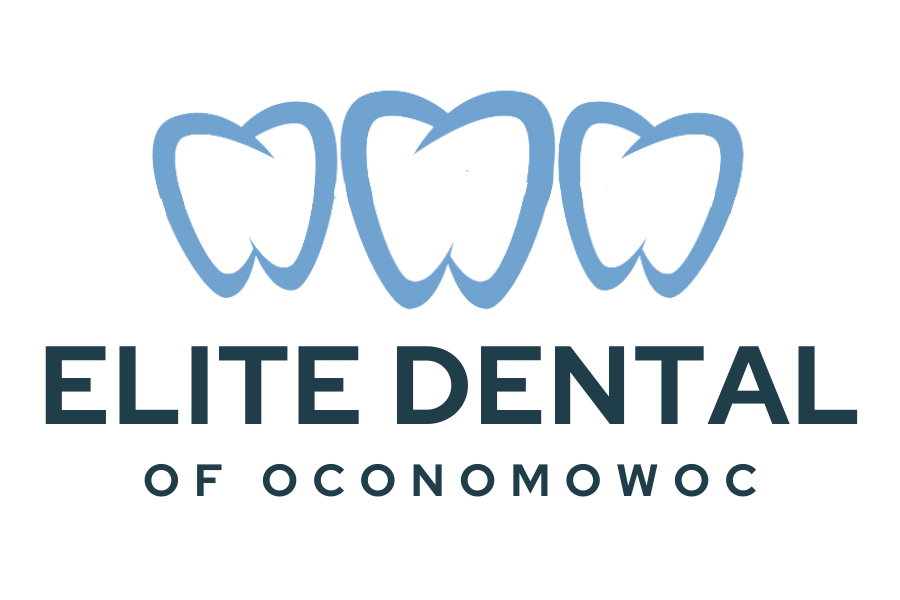Crowns

A crown is a tooth-shaped cover placed over a tooth that is badly damaged or decayed. Many people call it a cap.
Crowns may be placed for several reasons. Usually, the tooth has been broken or severely damaged by decay. As a result, a filling can’t replace enough of the tooth or make the tooth strong enough. A crown may hold together parts of a cracked tooth. It also can be used to hold a bridge in place. Crowns can be used to improve appearance as well. They may be placed to cover misshapen or badly discolored teeth.
Crowns can be made ahead of time (prefabricated) or made to order in a laboratory. Prefabricated crowns are made of plastic or stainless steel. They can be used on a temporary basis until a permanent crown is made.
Crowns can be made of:
- All metal
- Zirconia
- Porcelain fused to metal (PFM)
- Porcelain fused to zirconia
- All ceramic
Metals include gold alloy, other alloys (palladium) or a base-metal alloy (nickel or chromium). The all-metal or PFM crowns are stronger and are better choices for back teeth than ceramic crowns. PFM and all-ceramic crowns are the same color as your natural teeth. They look just like normal teeth.
To read the entire article, please visit Colgate.com
Drs. Leaman, Setnicar & Piacsek, S.C.
James Leaman DDS, Joseph Setnicar DDS, Stacie Piacsek DDS
820 Summit Avenue
Oconomowoc, WI 53066
262-567-4466
